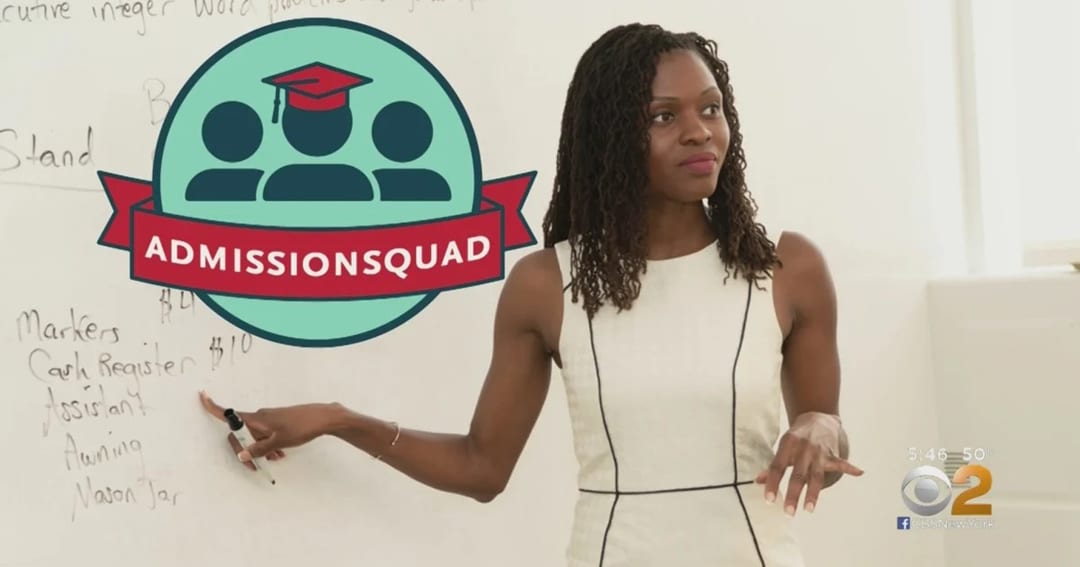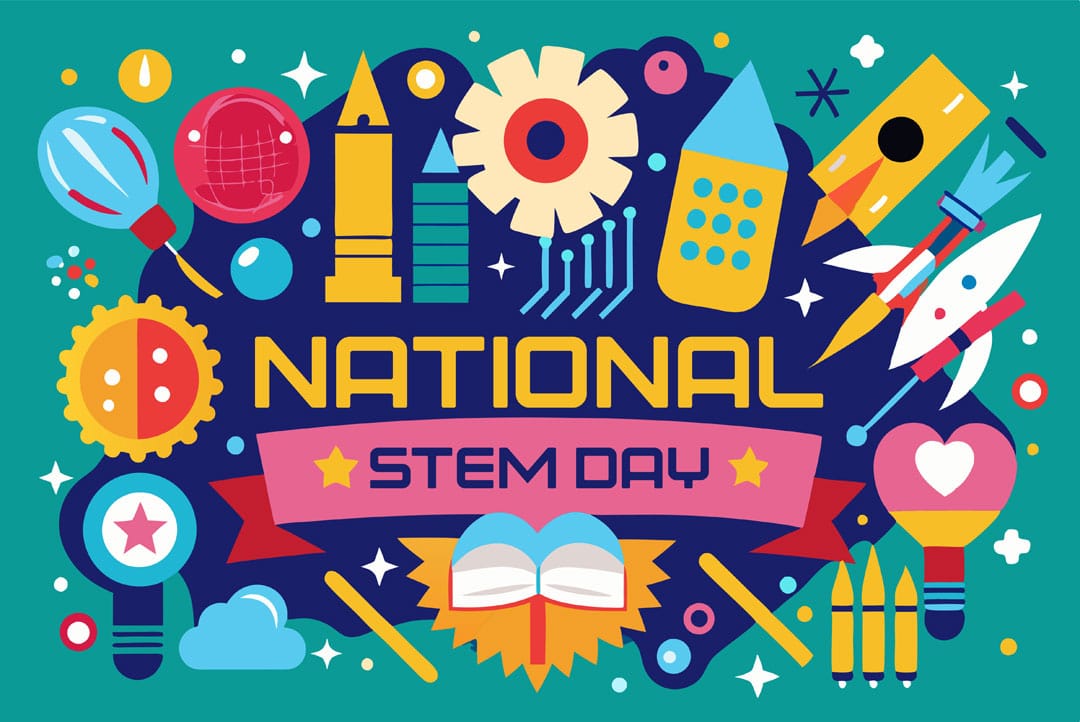STEM learning doesn’t always come from textbooks, labs, or expensive programs. Sometimes, it starts with a simple question—honest, curious, and full of wonder. For families who may not have access to formal STEM opportunities, your child’s greatest tool is already built in—their ability to ask, observe, and imagine.
Here are six powerful ways families can nurture curiosity and turn it into a launchpad for STEM learning.
1. Show Kids Why Questions Matter
At its core, STEM is powered by questions:
- Science asks why.
- Math asks how.
- Engineering asks what if.
When children are encouraged to ask questions, they learn that curiosity has value. This builds critical thinking, creativity, and resilience. Research from the National Science Teaching Association shows that inquiry-based learning leads to deeper understanding, stronger motivation, and longer-lasting interest in STEM.
2. Use Everyday Moments as STEM Labs
Some of the most powerful learning happens in daily interactions:
- Ask your child what they notice on a walk.
- Watch how something works and wonder together.
- Encourage them to try, fail, and try again.
- Explore answers side by side—even if you don’t know them yet.
These moments are free, flexible, and often more impactful than structured lessons.
3. Make Curiosity a Daily Practice
Turn curiosity into a family routine with simple traditions:
- Question jar: Kids drop in questions during the week, then explore answers on weekends.
- “What if” dinners: Turn mealtime into mini design challenges or science chats.
- Curiosity walks: Go outside just to notice and ask questions.
- Daily wonders: Each family member shares one puzzling, cool, or surprising thing they saw that day.
4. Encourage Risk and Reflection
STEM isn’t about always being right—it’s about learning from mistakes. Help kids build resilience by asking:
- “What surprised you about that?”
- “What would you do differently next time?”
- “What do you think would happen if…?”
This approach teaches adaptability, problem-solving, and persistence.
5. Normalize Not Knowing
One of the greatest gifts you can give your child is the freedom not to have all the answers. Let them hear you say:
- “I don’t know—let’s find out together.”
- “I’ve wondered about that too. How could we find out?”
- “I don’t know the answer, but I’d love to learn it with you.”
Modeling curiosity shows kids that STEM is not just for experts—it’s for anyone willing to ask and explore.
6. Build a Home Where Ideas Are Welcome
Kids thrive when their ideas are respected and celebrated. Try:
- Keeping a notebook of “family experiments.”
- Dedicating a wall or board to their observations and theories.
The more children see their thinking valued, the more confident they’ll feel as scientists, engineers, and inventors.
Bonus: Simple Resources to Spark Conversation
Looking for inspiration? These free resources can help:
- STEAM Powered Family – hands-on STEM activities
- NISE Net’s Outdoor Toolkit – ideas for outdoor science exploration
- Wonderopolis – daily questions to explore together
- Science News Explores – STEM news written for kids
Final Thought: Curiosity Is the Curriculum
You don’t need a degree in science to raise a STEM thinker. You just need to protect and nurture your child’s natural drive to ask, imagine, and explore. Questions aren’t just conversation—they’re learning in action. When we encourage them, we give kids the most powerful STEM tool of all: a mind that’s ready to grow.




